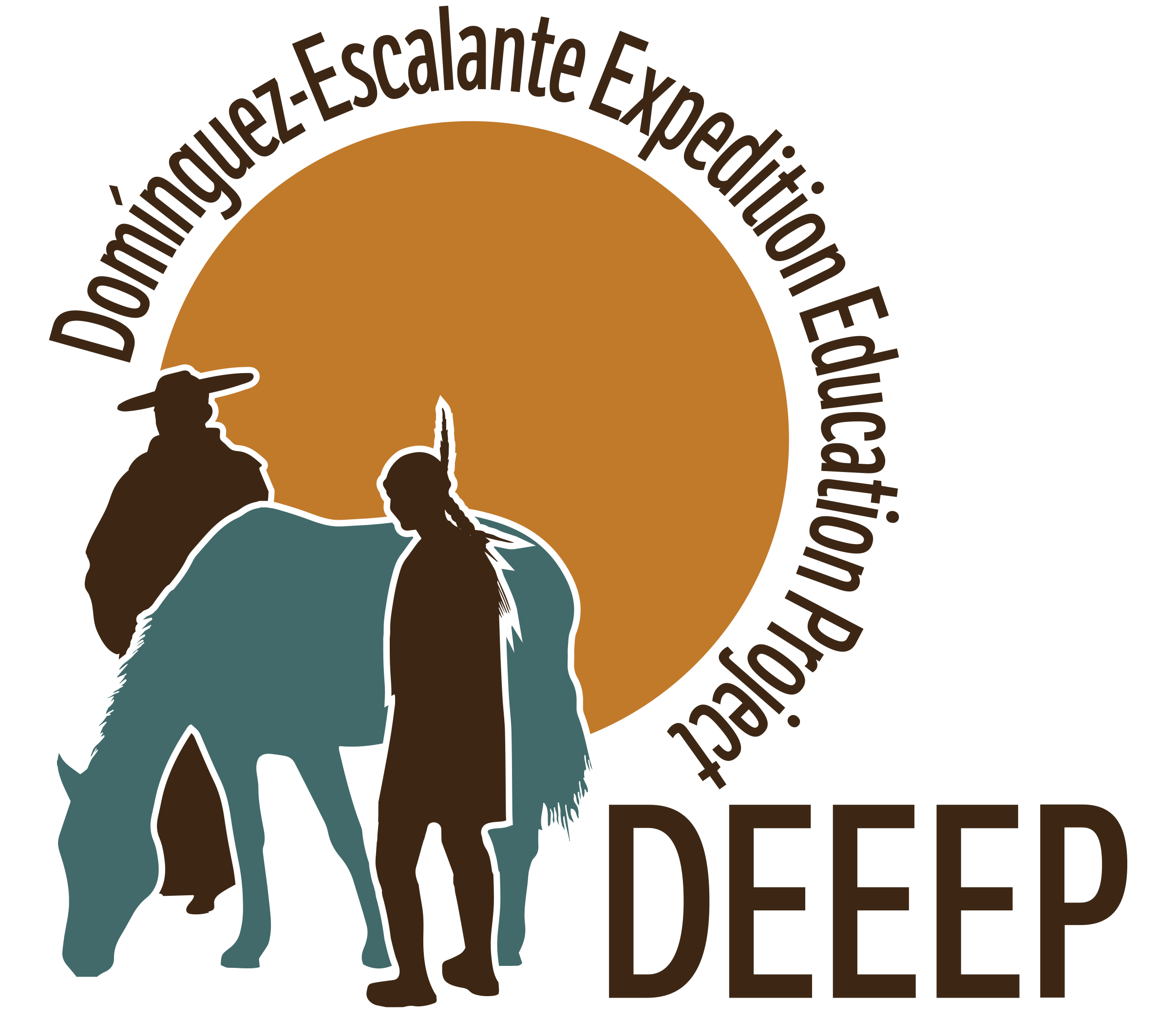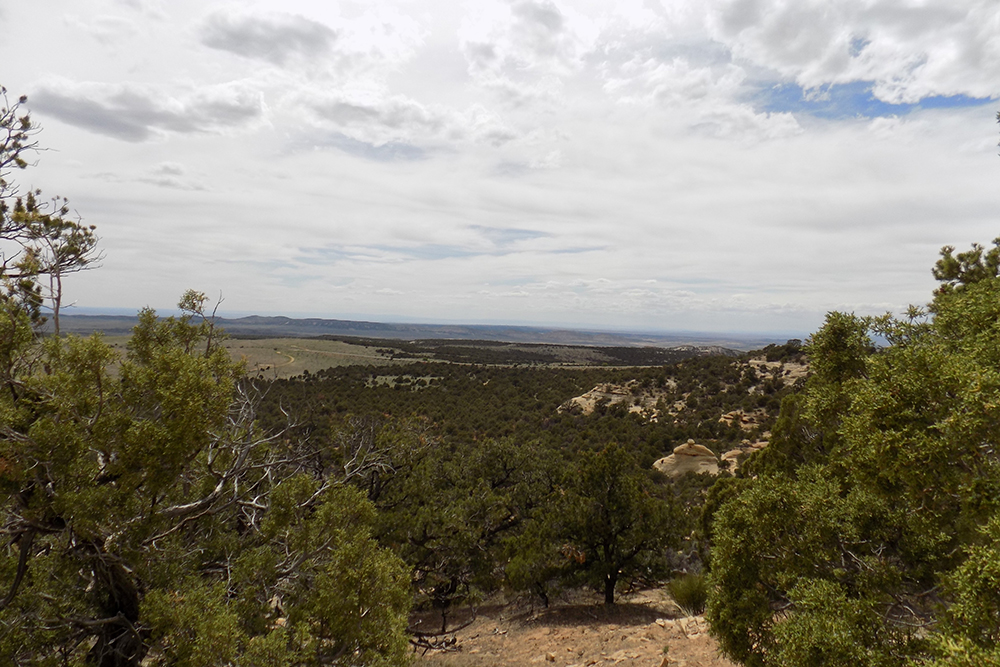September 11
Camp Name
Buffalo Arroyo
Camp Name (Spanish)
El Arroyo del Cíbolo
Brightness of the Moon
2%
Distance Traveled
6 leagues / 15.75 miles
Daylight
12 hours / 45 minutes
Water Resources
Abundant water found to help the ‘horse herd regain its strength’
Journal Description for September 11th
On the 11th, as soon as it was full daylight, we set out from El Barranco and headed west-northwest; after going a league and a half through arroyos and embankments, some of them steeper than yesterday’s, we found in one of them a tiny spring of water from which the horses were unable to drink. We kept on going west-northwest for one league and climbed a ridge having an easy and not too high ascent. From it we traveled three leagues over good terrain with middling pastures. We caught sight of a poplar grove, and when we asked Silvestre if there was a water source there where he was leading us he said that there wasn’t any, that it was an arroyo and not a river but that it might have water now. Thereupon we aimed for it and found plenty of running water for ourselves and for the horse herd, which was already much fatigued from thirst and hunger — and even a pack mule was so worn out that they had to remove the load it carried. In order to reach the arroyo we turned half a league north. Today six leagues.18615¾ miles.
A short distance from El Barranco we had seen a recent spoor of bison. We saw it again still fresher on the plain, and saw that it went in the direction we were taking. By now we had few provisions, in view of the long traveling we still had to do, because of what we had spent among the Sabuaganas and the other Yutas. And so, a little before reaching the arroyo, two companions took off and followed the spoor mentioned. A little after midday one of them returned saying that they had found the bison. We dispatched others on the fleetest horses and, after chasing it for about three leagues, they killed it; then, at seven-thirty at night, they brought back a grand supply of meat (much more than what a big bull of the common variety has). And in order to prepare the meat so as to keep the heat from spoiling it for us, and at the same time to let the horse herd regain its strength, we spent the 12th at this place, which we named El Arroyo del Cíbolo,187Buffalo Arroyo. East of Snake John Reef and near the present K-Ranch. The expedition entered the present state of Utah at this point and followed Cliff Creek westward to the Green River Valley without undertaking a day’s march. Tonight it kept on raining for many hours.
Scroll to the bottom to view photos.
Notable Event
They were able to kill a bison. The meat was badly needed and they spent these days preserving it. The translation uses the word “spoor” which can mean track or scent of an animal in this case buffalo. They also mention a “pack mule” which has only been mentioned twice (September 7th and 11th) in the Journal for Colorado days.Miller Report Summary
Continuing a few miles the company found a small spring, insufficient to water the horses. From a ridge three leagues farther on the padres saw a grove of cottonwood trees directly to the north. Although Silvestre doubted that water would be found there, he thought it might be possible. The site is the location of K Ranch located right on the Utah-Colorado boundary about a mile and a half north of the point where U.S. 40 crosses that line today.
During the day the men had picked up a fresh track of a buffalo and soon located the animal. After a chase of some ten miles the big bull was killed and the meat brought into camp. Escalante reported that much more meat was obtained from that beast than would have been had from a domestic bull. In honor of the kill the padres named the site Cibolla Creek—Buffalo Creek (present Cliff Creek). They remained there two nights.
DEEEP’s Field Notes
Copyright © 2024, DEEEP Colorado. All Rights Reserved.
September 11, 1776
By The Canyon Pintado Team: Daniel Fiscus, Vice President, Rangely Outdoor Museum; and an anonymous professional government advisor
After leaving El Barranco the expedition possibly found water at what is today Dinosaur, Colorado. The town’s original name was Artesia. The distance of six leagues traveled suggests that they traveled further than Dinosaur, however, and likely set up camp somewhere right on or adjacent to today’s Colorado/Utah border. The Warner report (Footnote # 187) places them near the present-day K-Ranch, located just inside the Utah border about 6 or 7 miles northwest of Dinosaur, Colorado. There is ample water there, and cottonwood groves can still be seen there from U.S. Highway 40.



